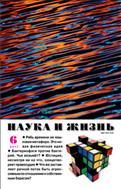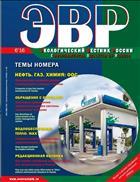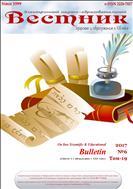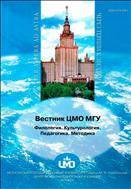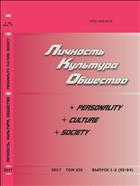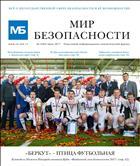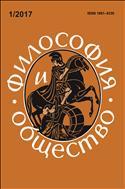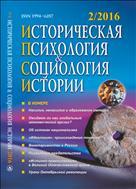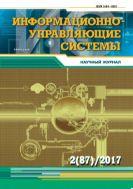T ermal regime of water courses of diT ermal regime of water courses of di 
Evaluation of hydrological parameters and temperature regime of watercourses of various orders comes to the fore when studying the scientific problems of hydrobiology of watercourses and solving practical problems of development of fisheries and gold exploration in the regions of the Far North. This became particularly relevant due to a significant reduction in hydrological observations since the early 1990s. This article presents a quantitative investigation into the thermal regime of water courses and their spatial pattern. The paper focuses specifically studying the temperature and basic spatial parameters of streams and rivers in the area of interest. Statistical methods helped identify a close linkage between the temperature of water courses in the basin of the Upper Kolyma River and their respective sizes. A common trend has been found proving that the water temperature in the rivers increases downstream and with the increase in water course size, also known as order. A close correlation between the average water temperature, on the one hand, and the catchment area and water course length, on the other, is indicated by the relatively high correlation coefficients of 0.61 to 0.63 and 0.71 to 0.73, respectively. Average water temperatures in the summer and warm periods have been found to escalate with the increase of water course order from low (I and II) to high (VI–VII) by 4.7°C and 5.9°C, respectively, and in the Kolyma River – in the direction from the upper section (Orotuk village) to the lower section (the Korkodon River mouth) by 1.7°C and 2.1°C, respectively, even though the lower section of the river is located almost 2° north of the upper section. Due to the presence of perennial permafrost, river taliks have a cooling effect on the thermal regime of watercourses, so coolness occurs in sections of the river where there are favorable conditions for their formation. This is, first of all, the increased thickness of the well-permeable coarse-grained alluvium of the channel facies and open fracture zones in the bedrock. |










